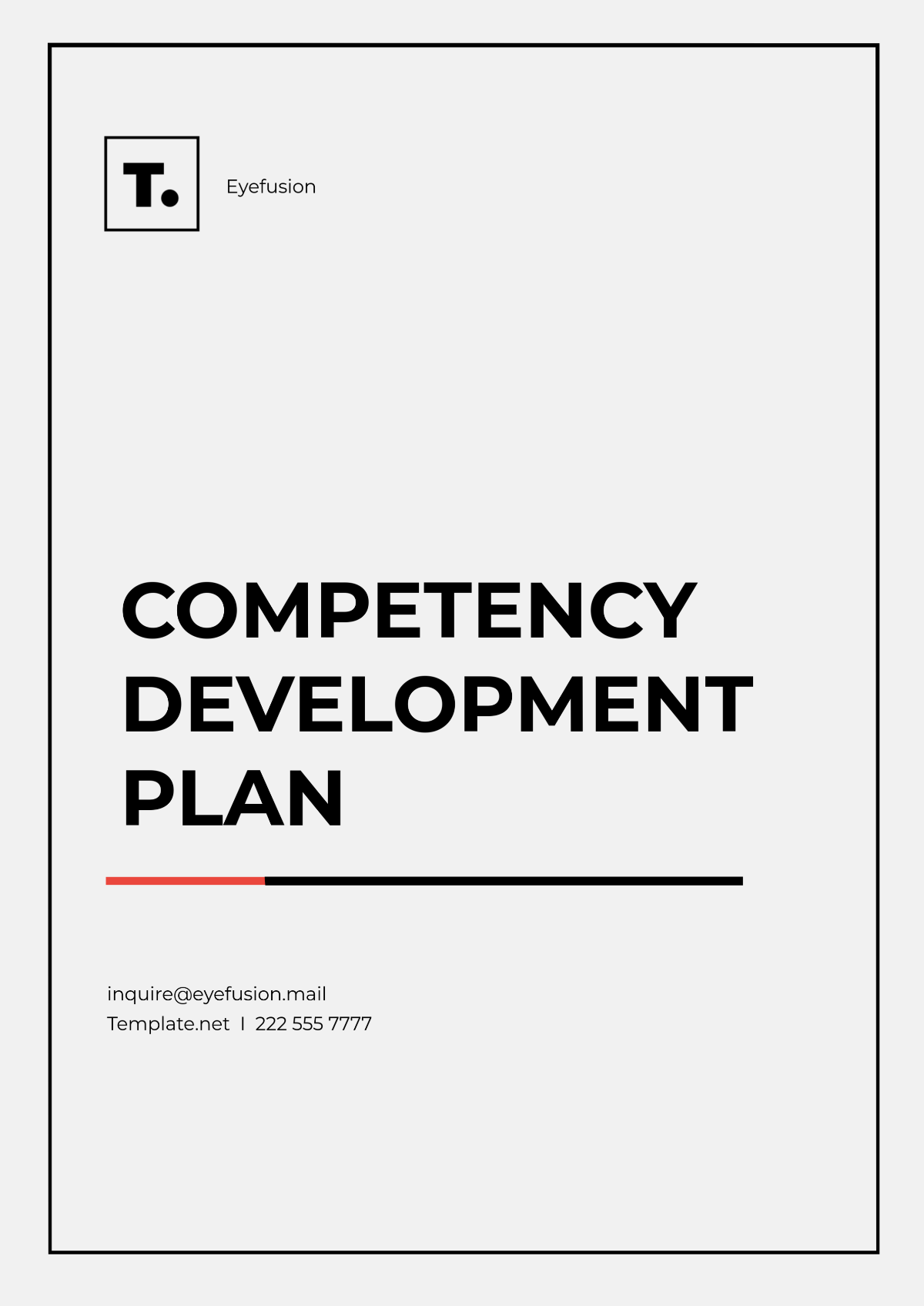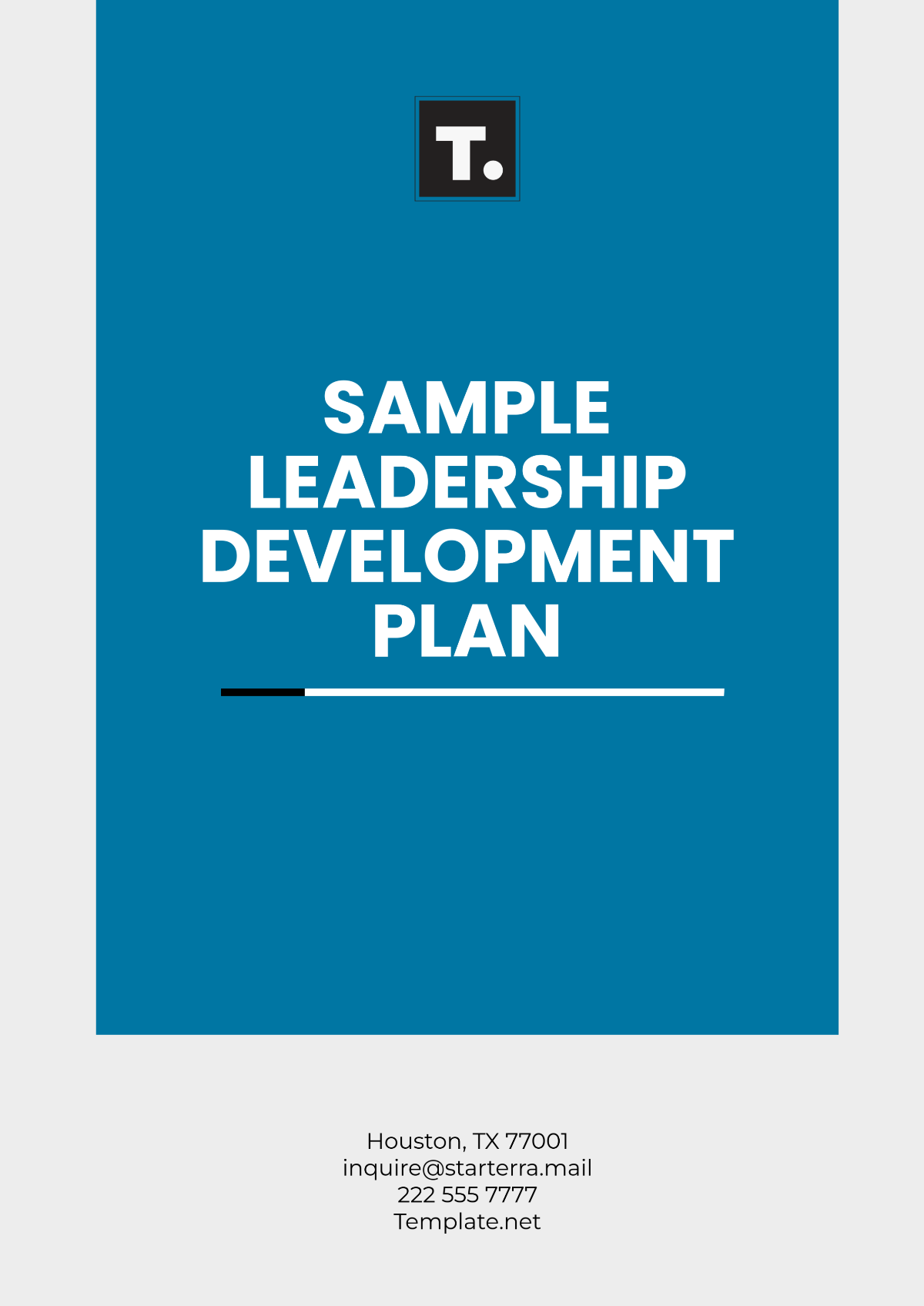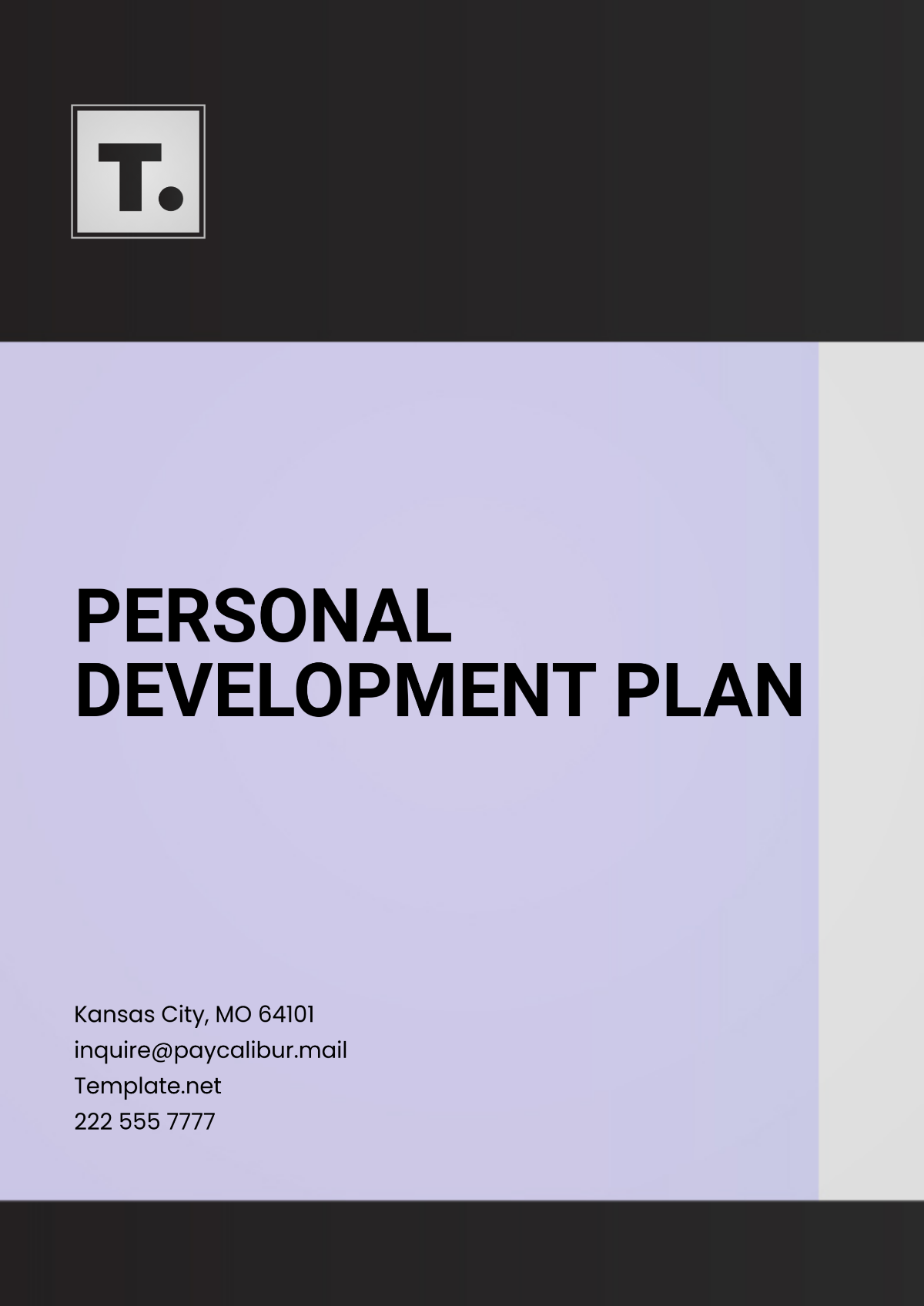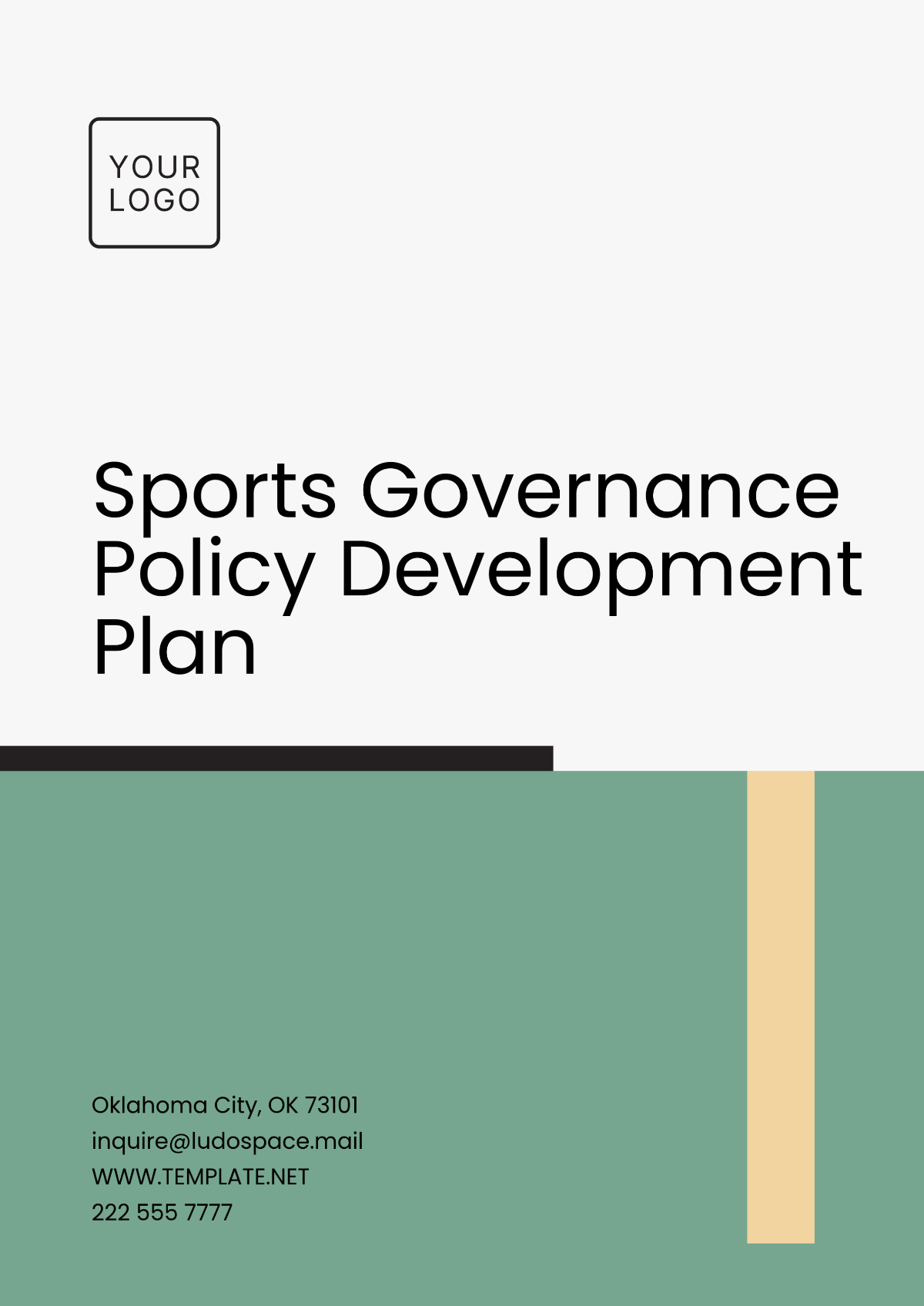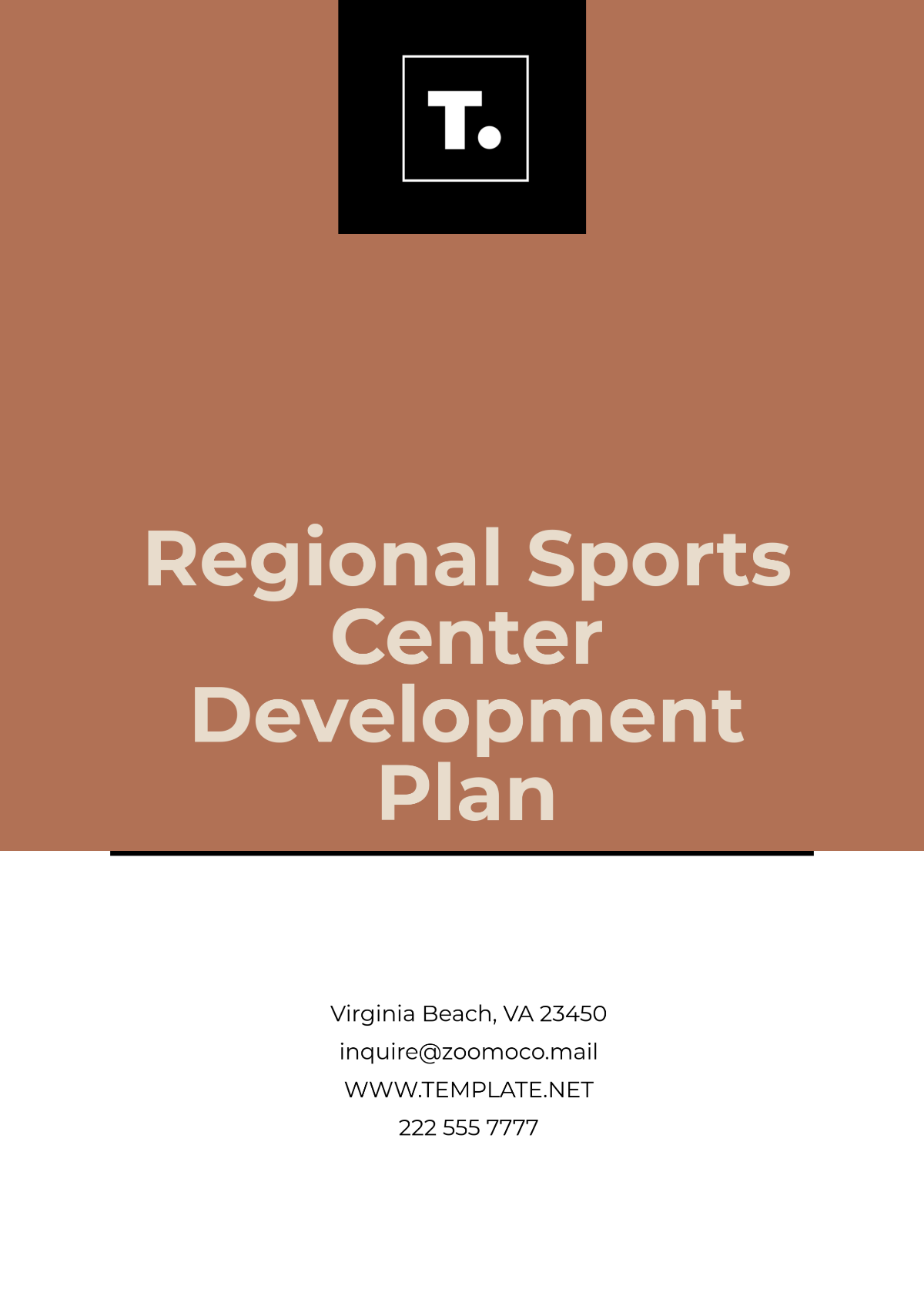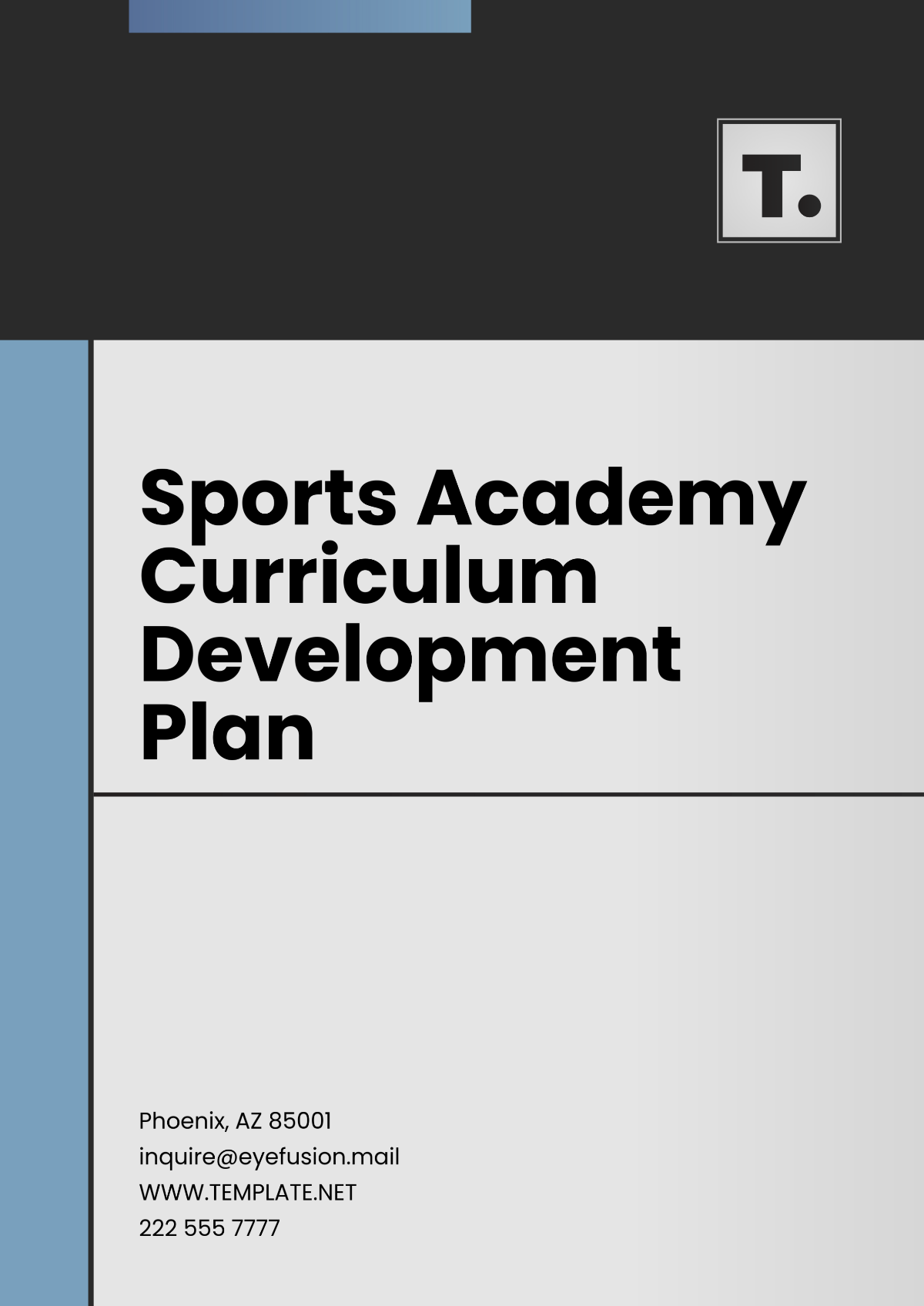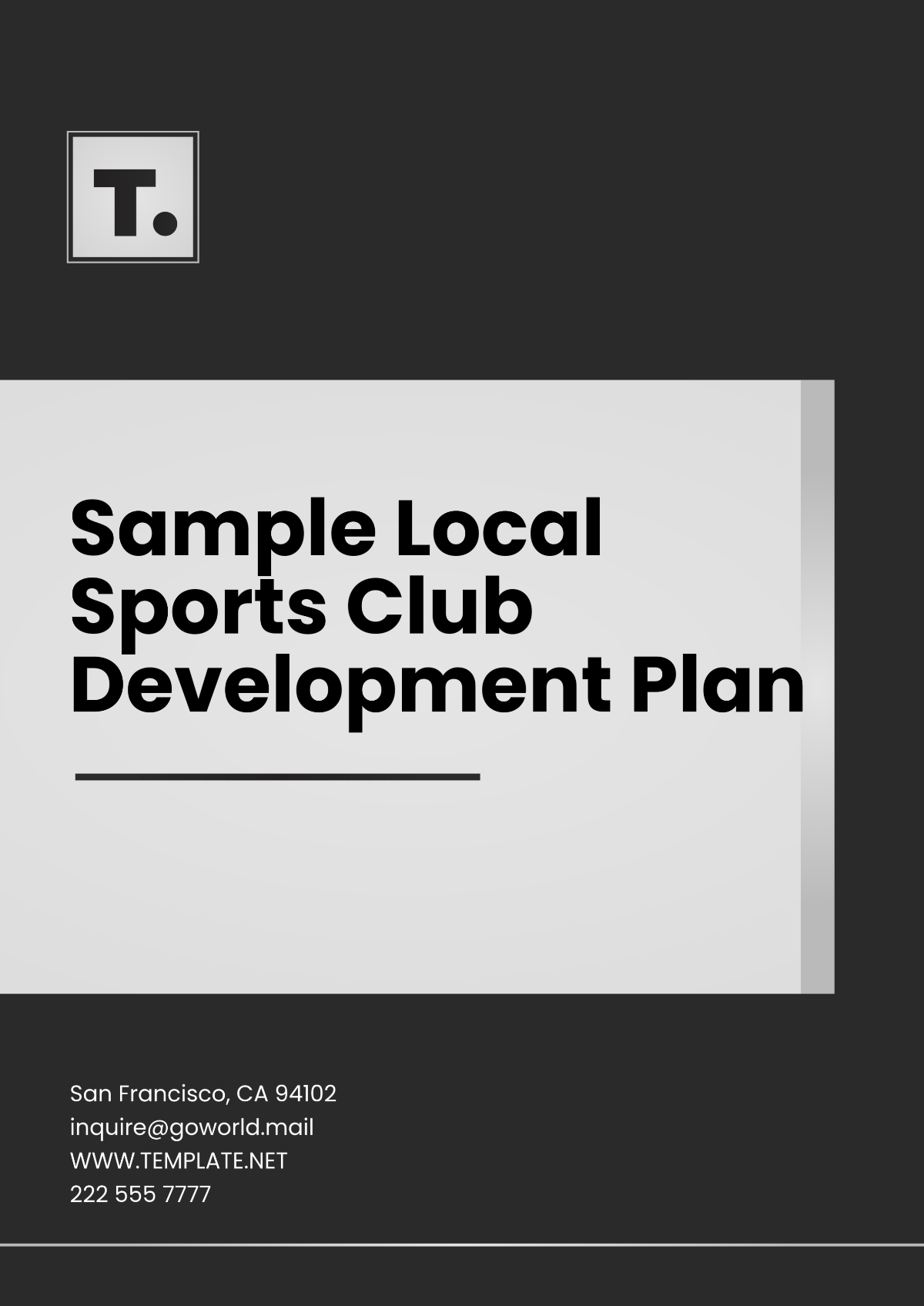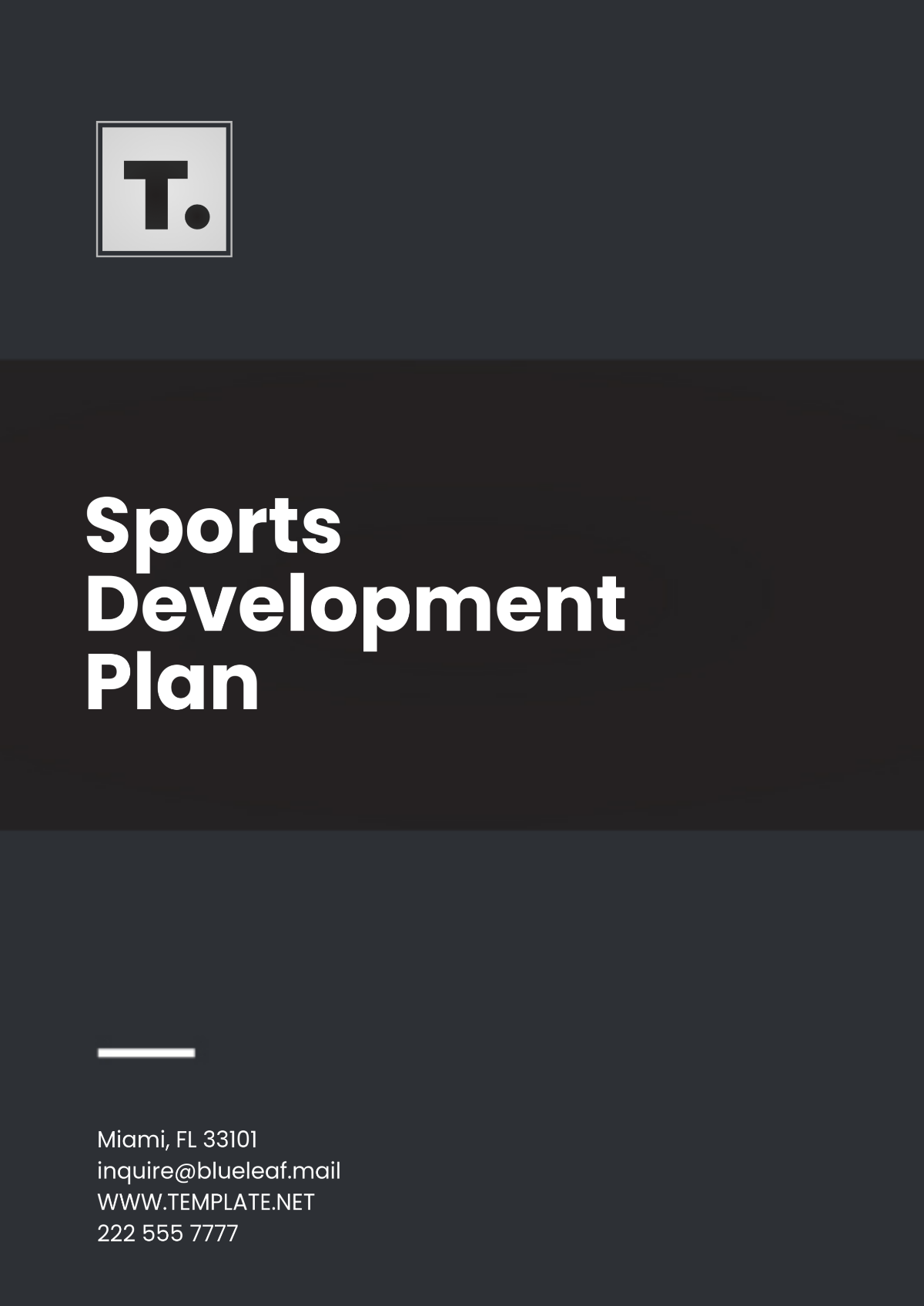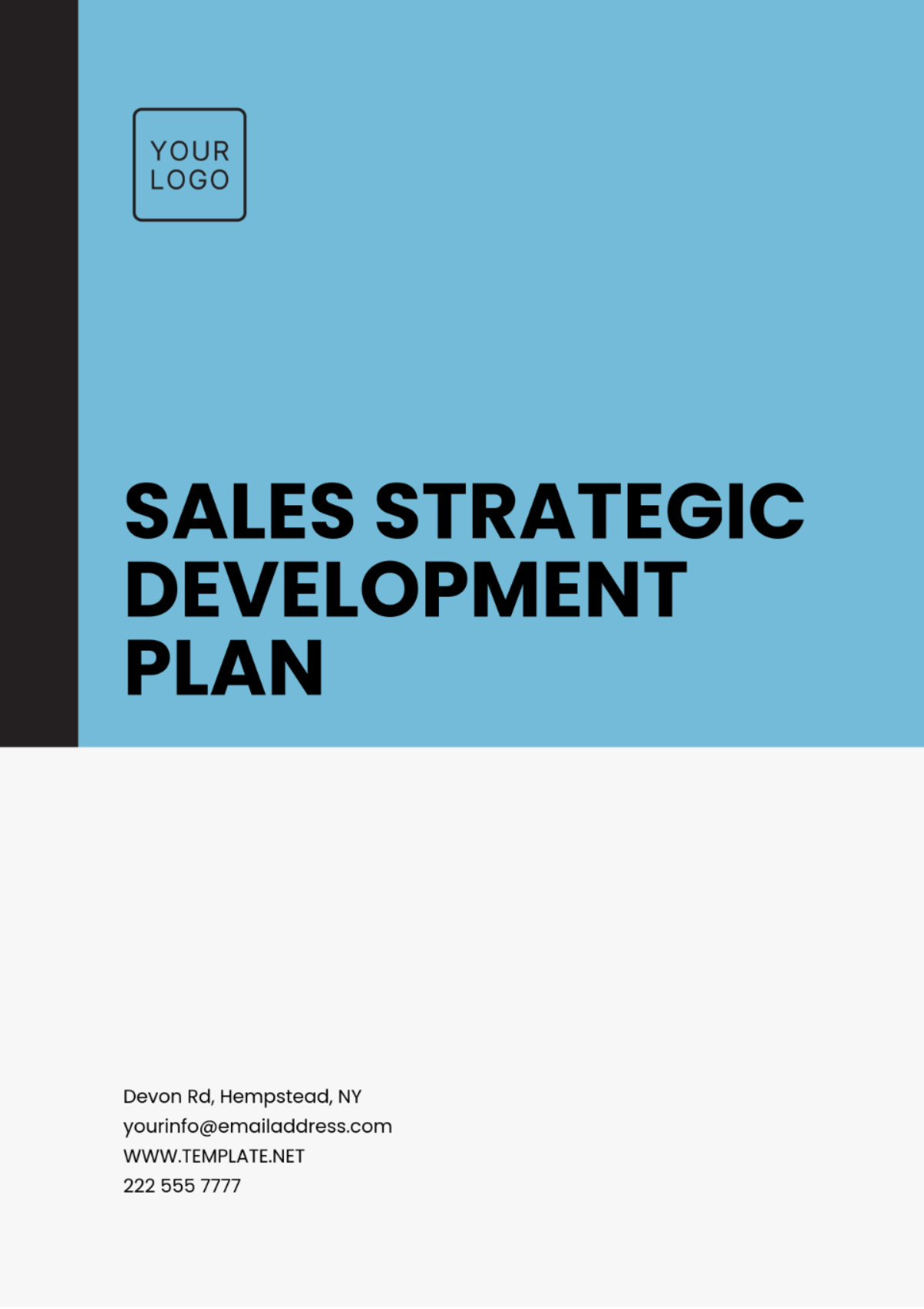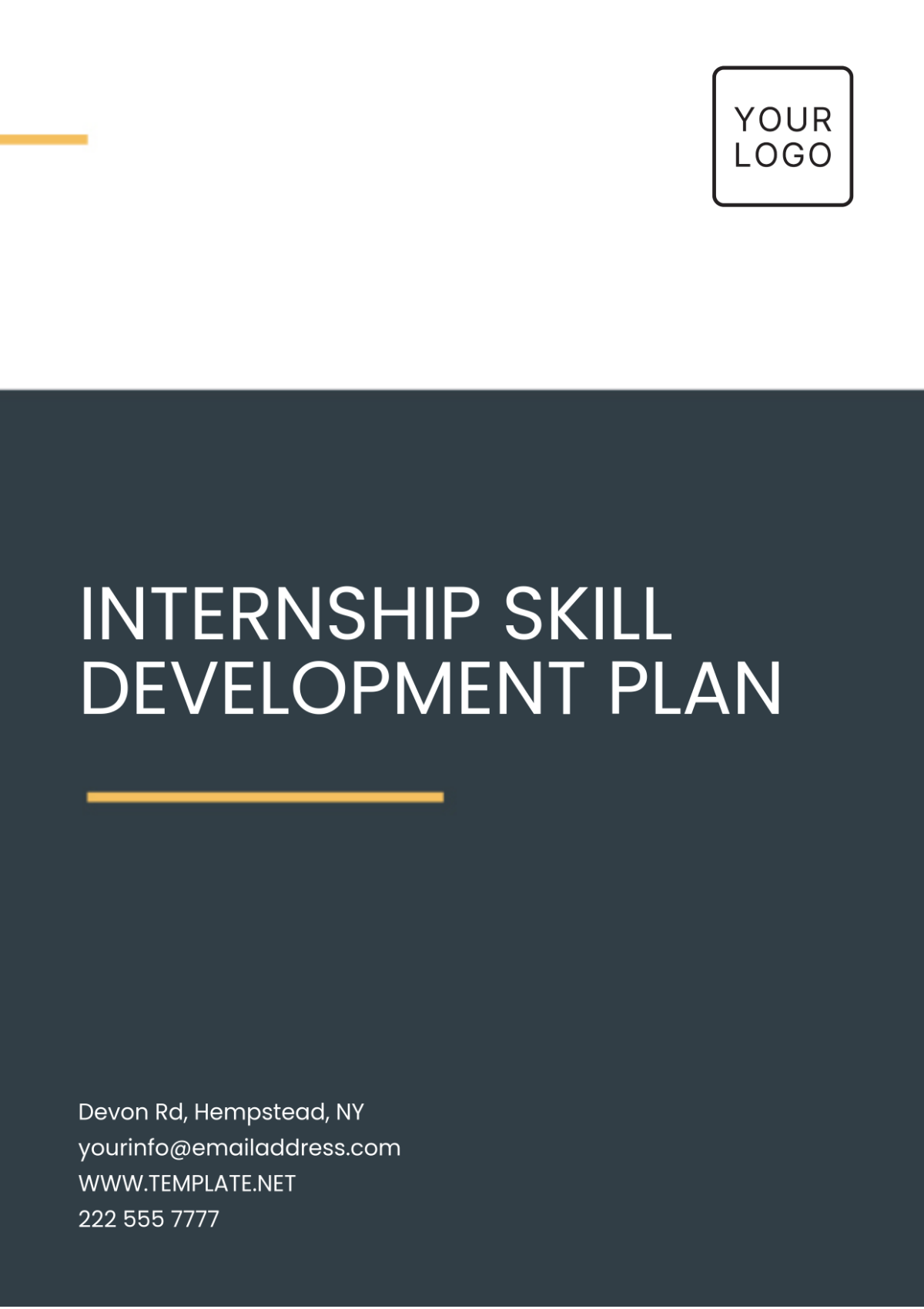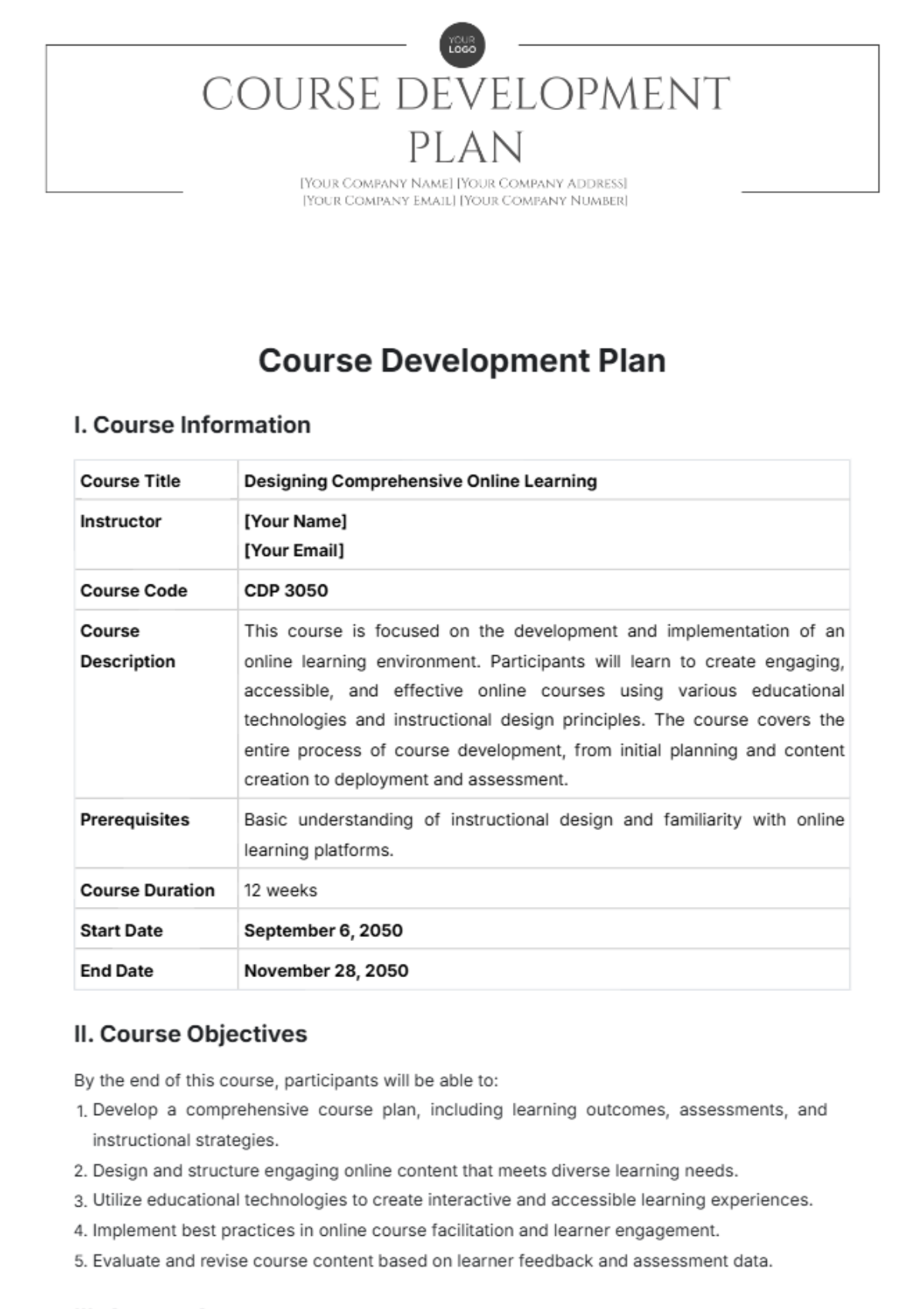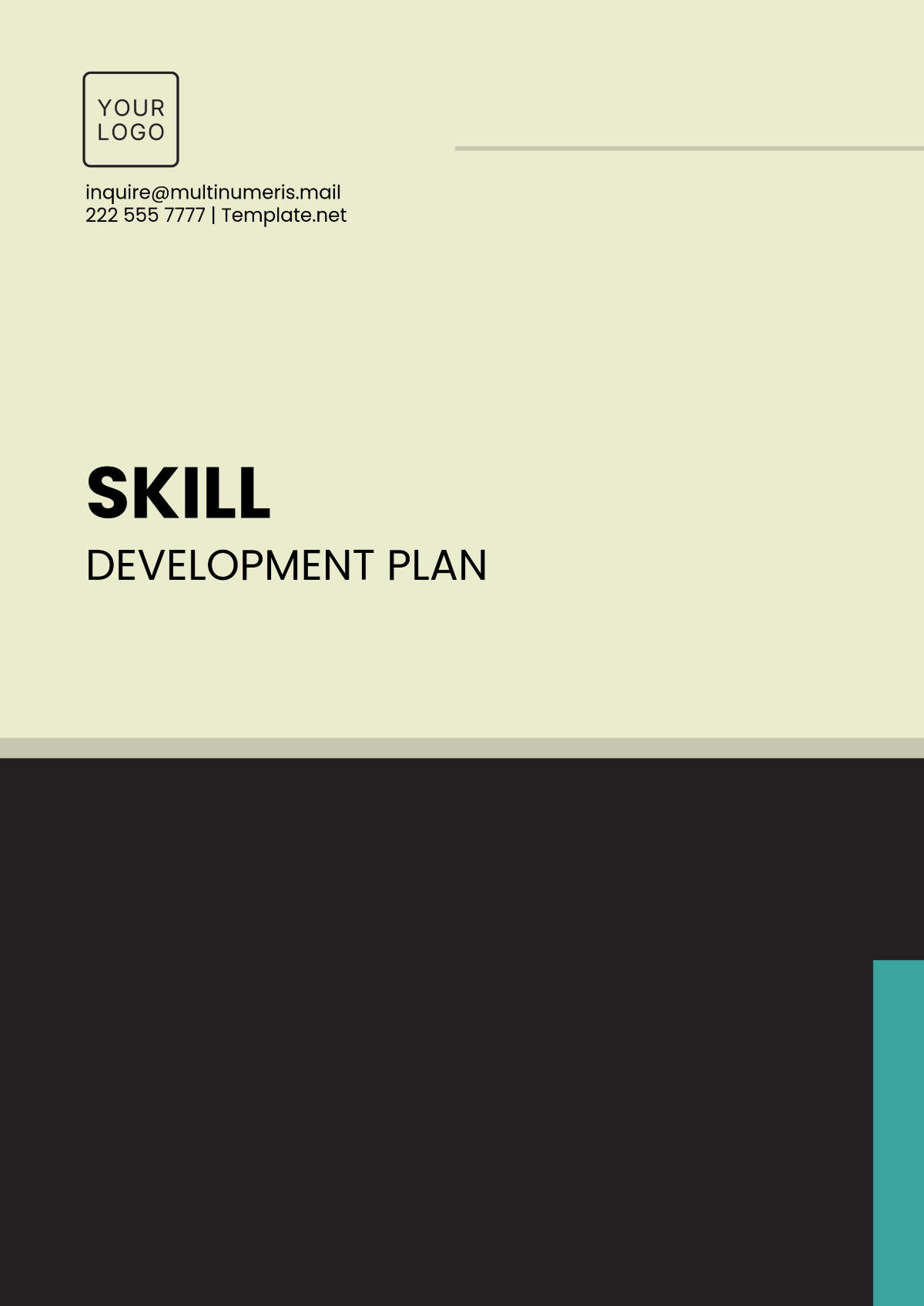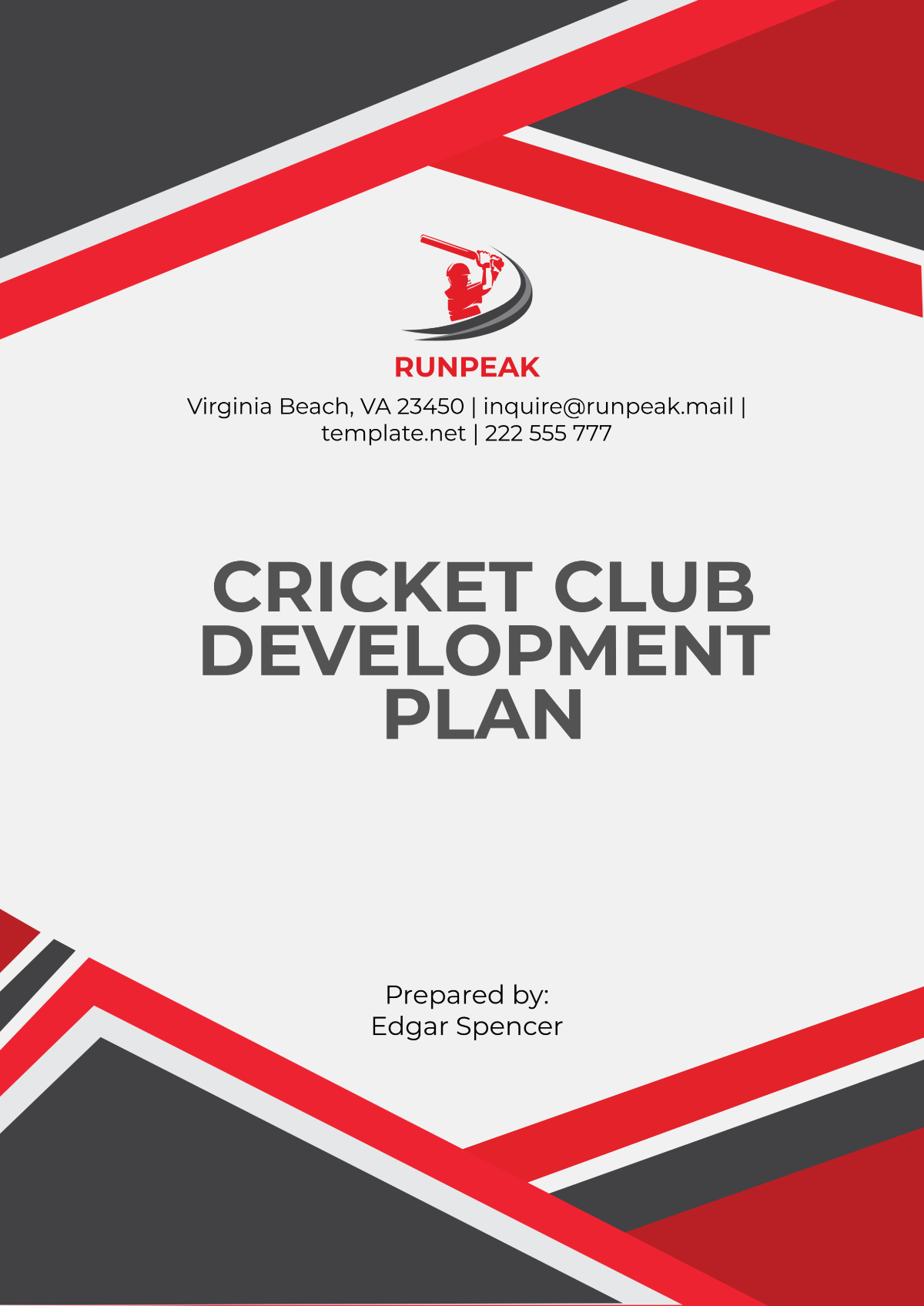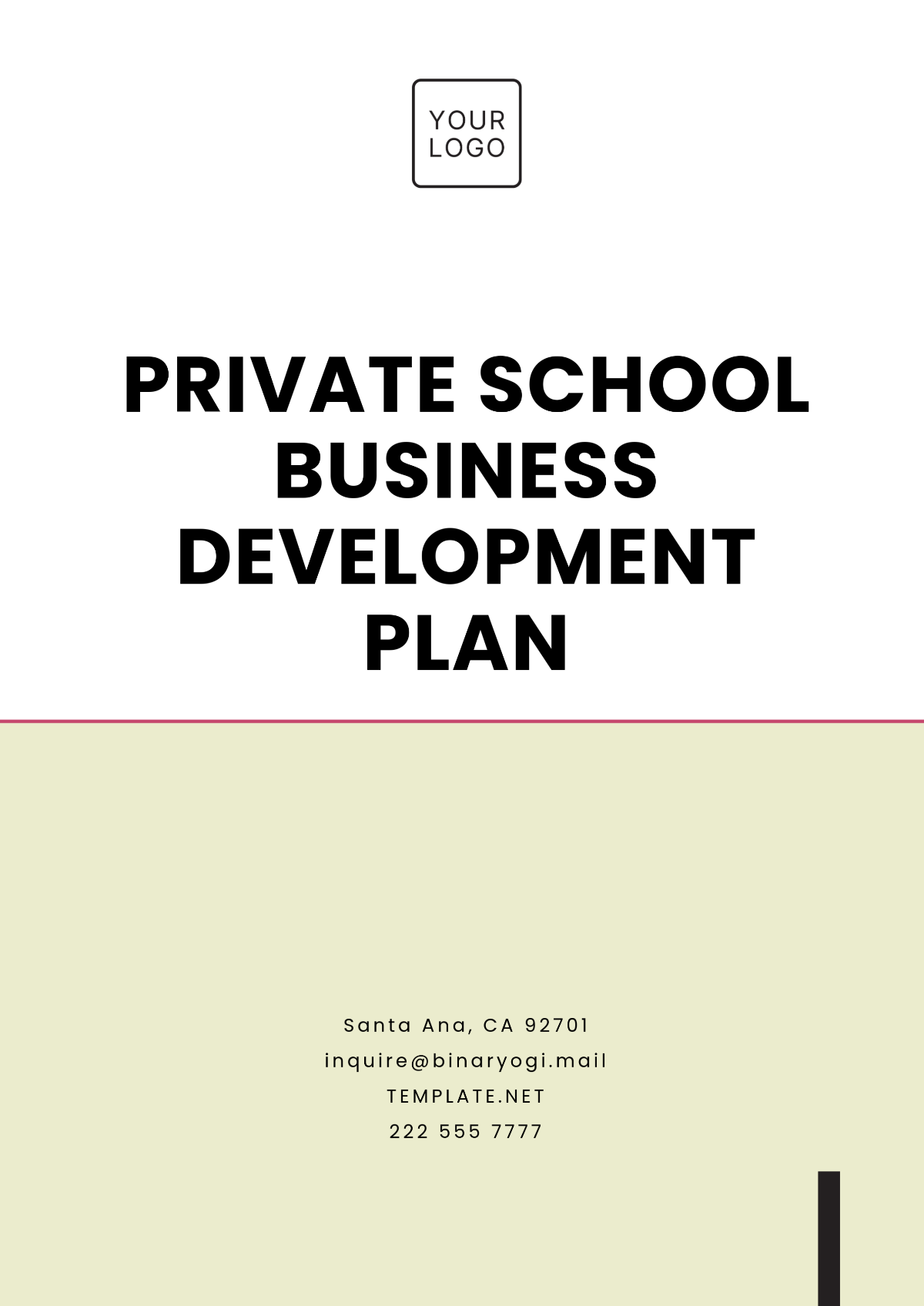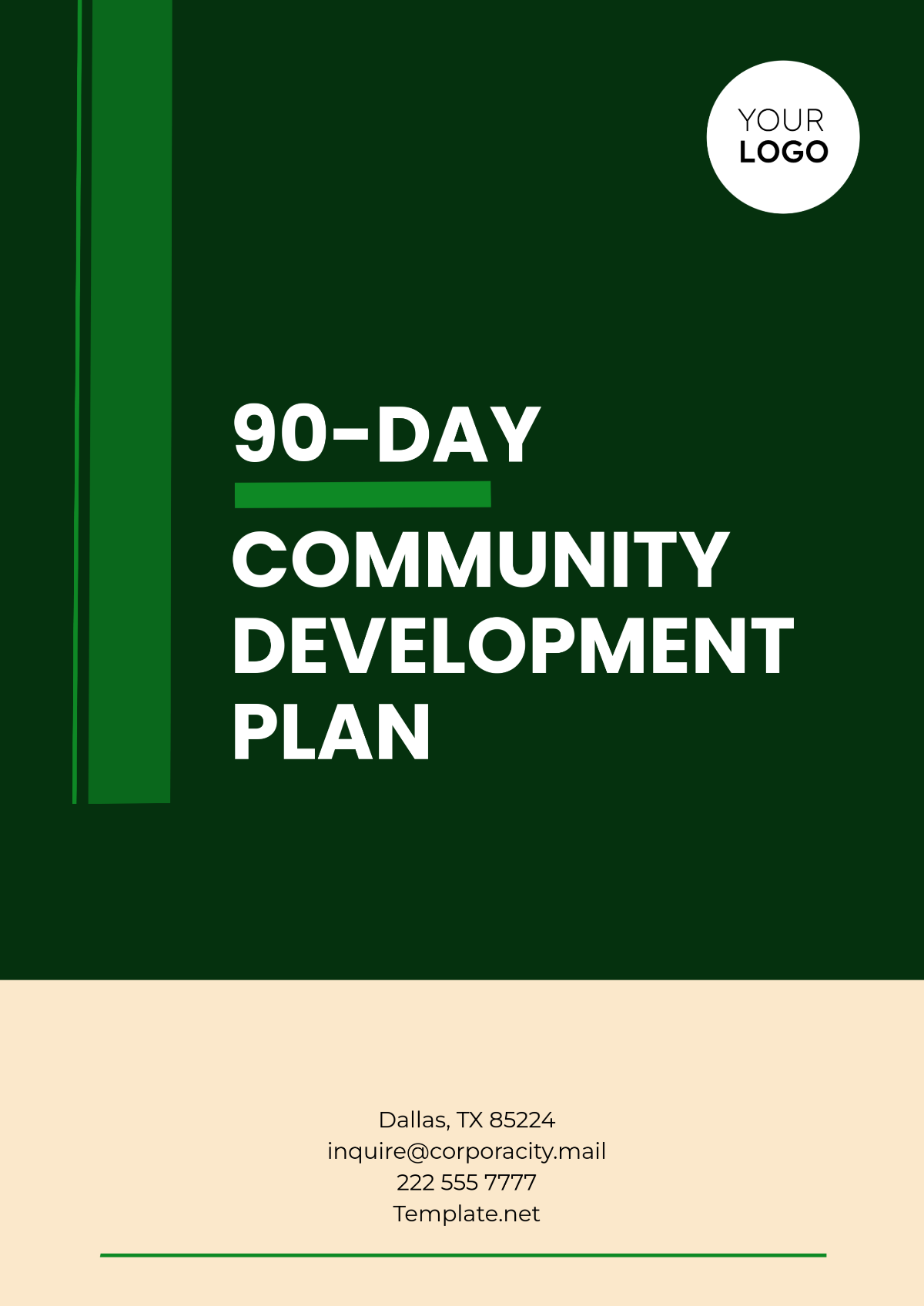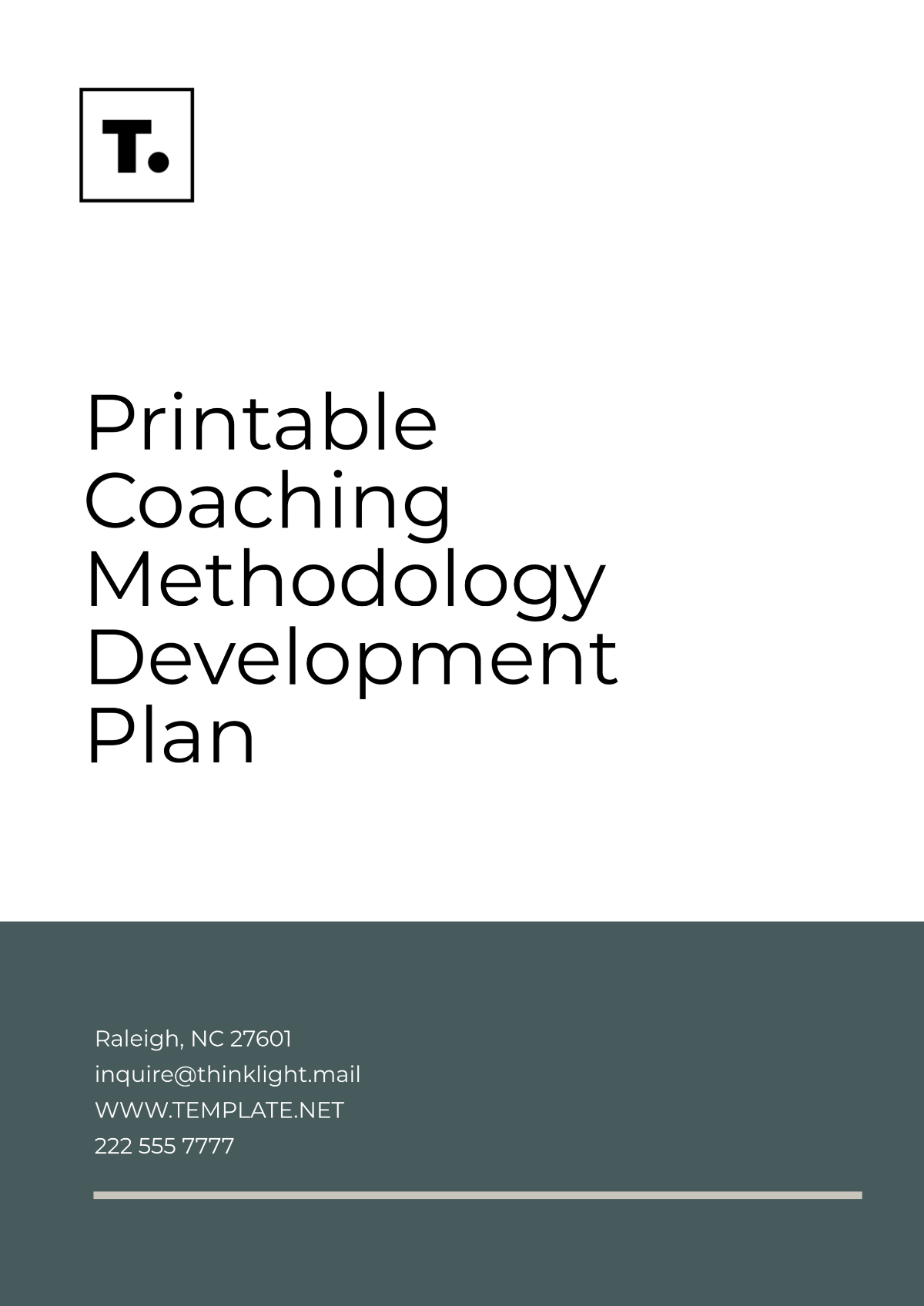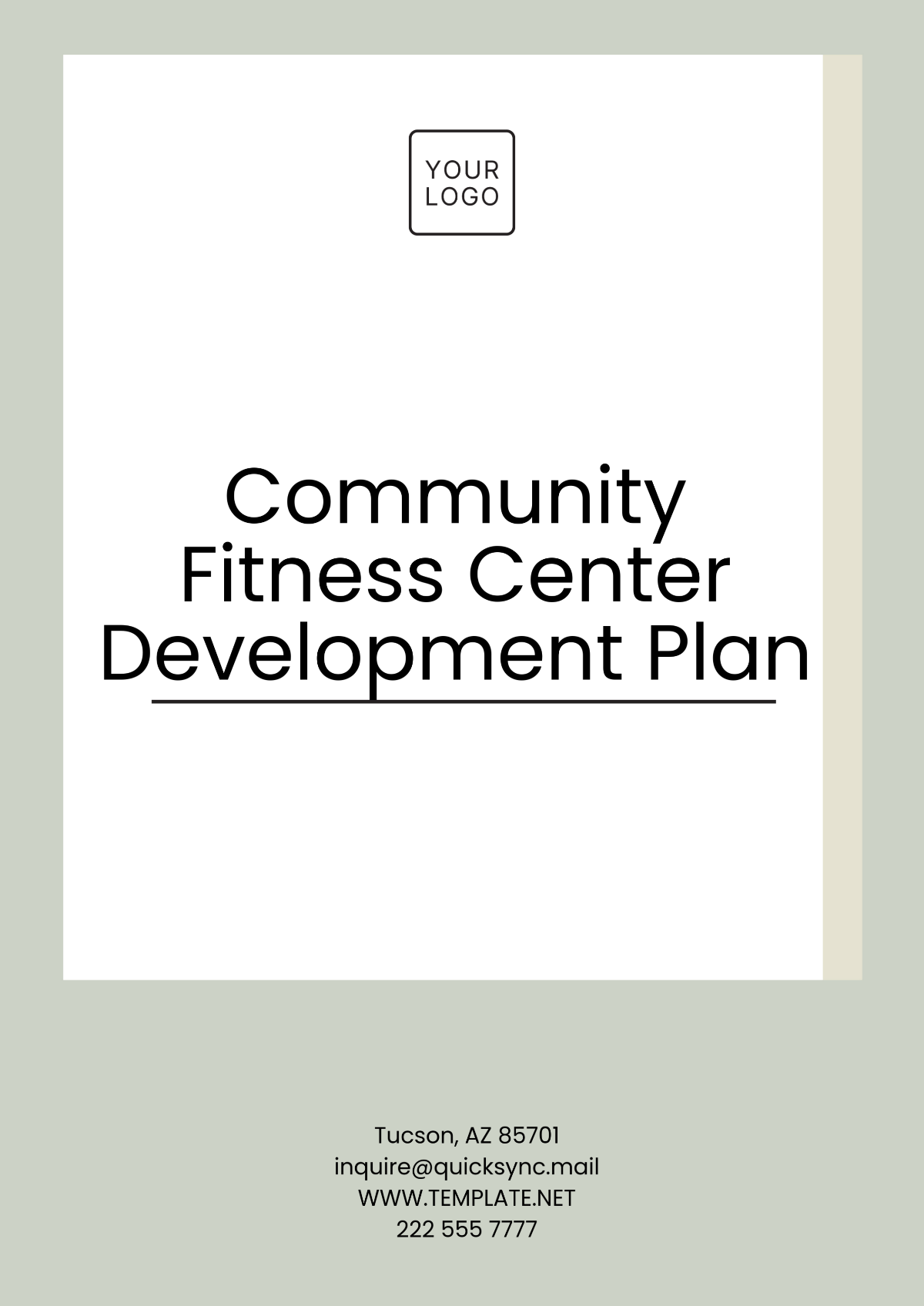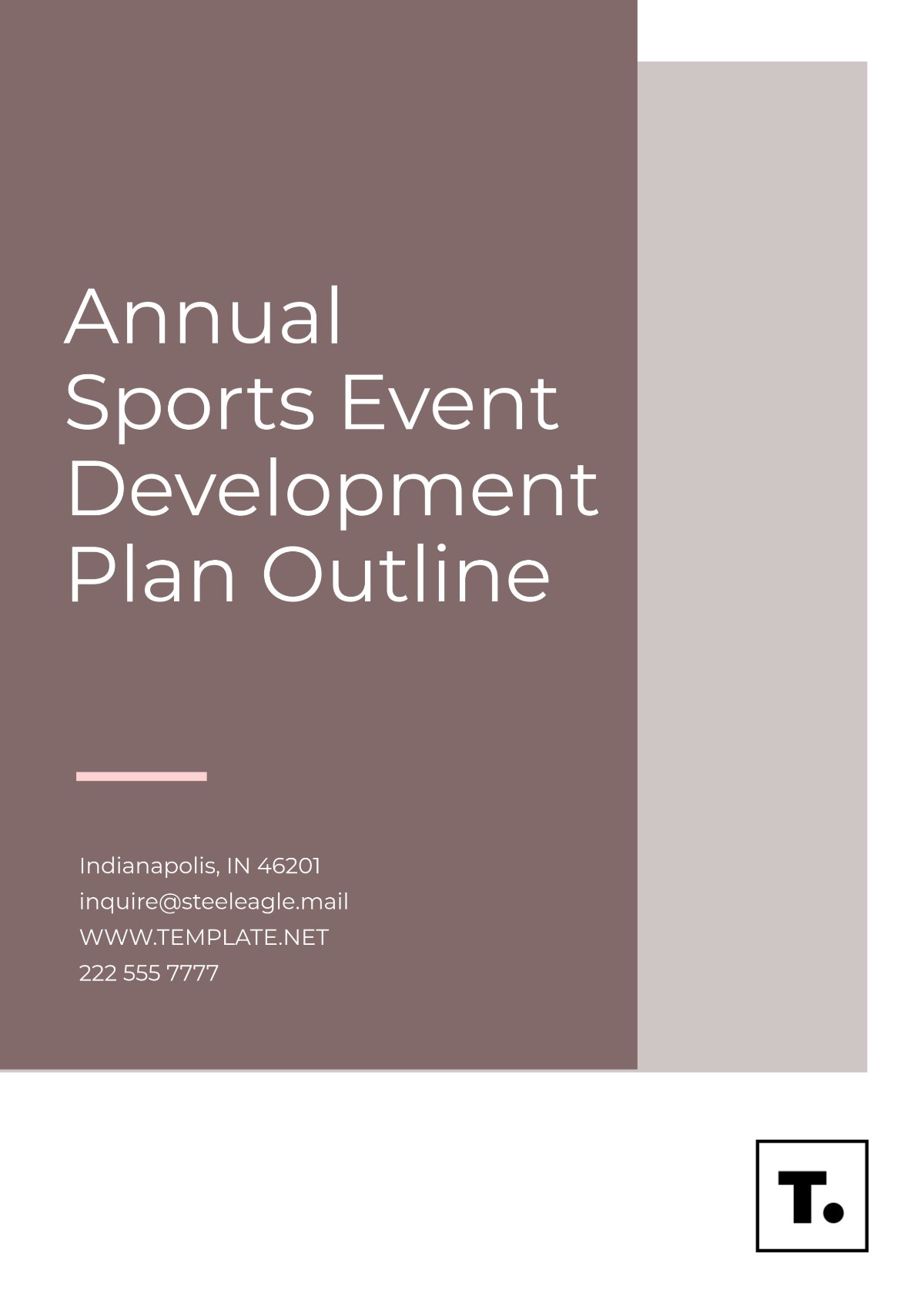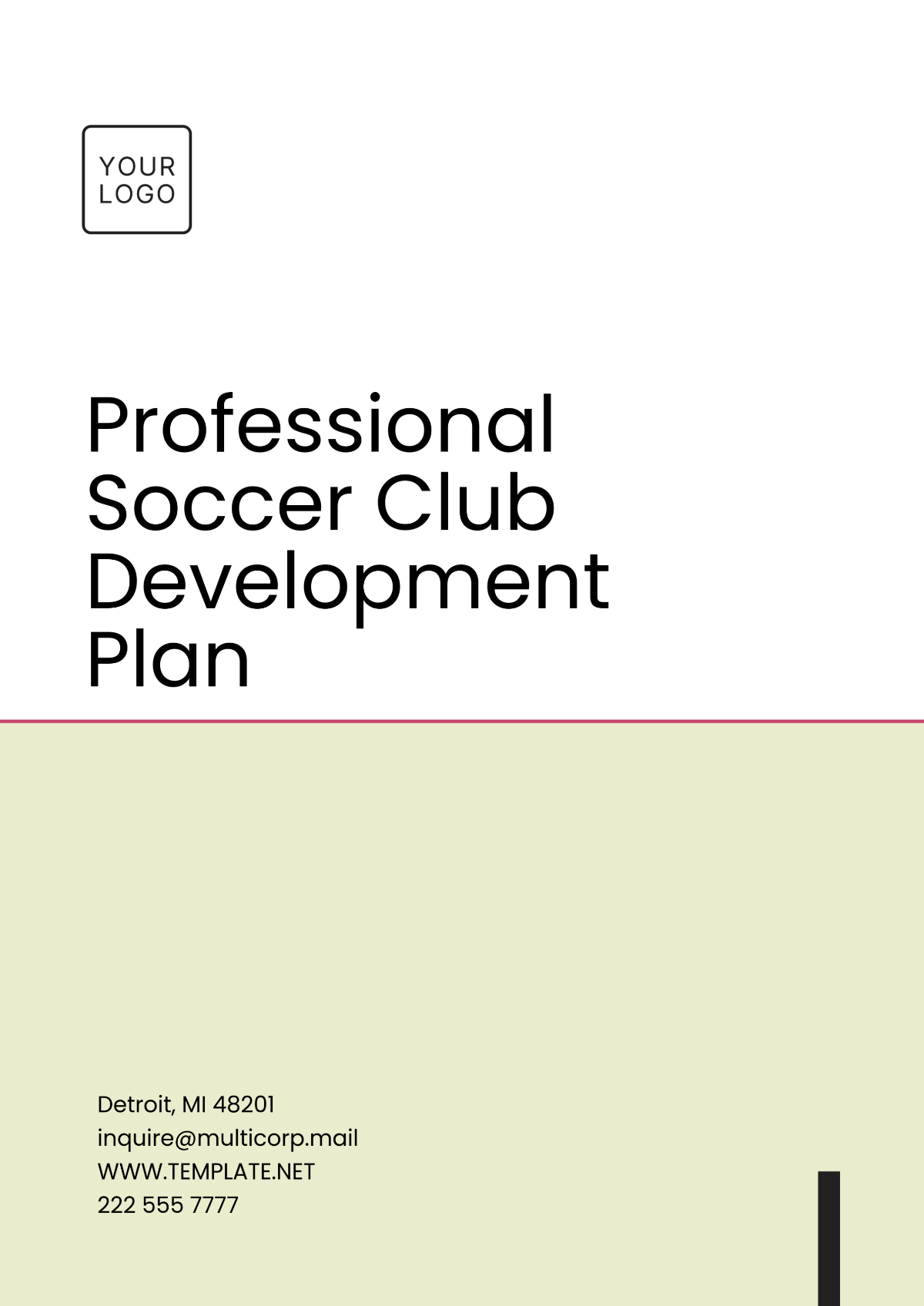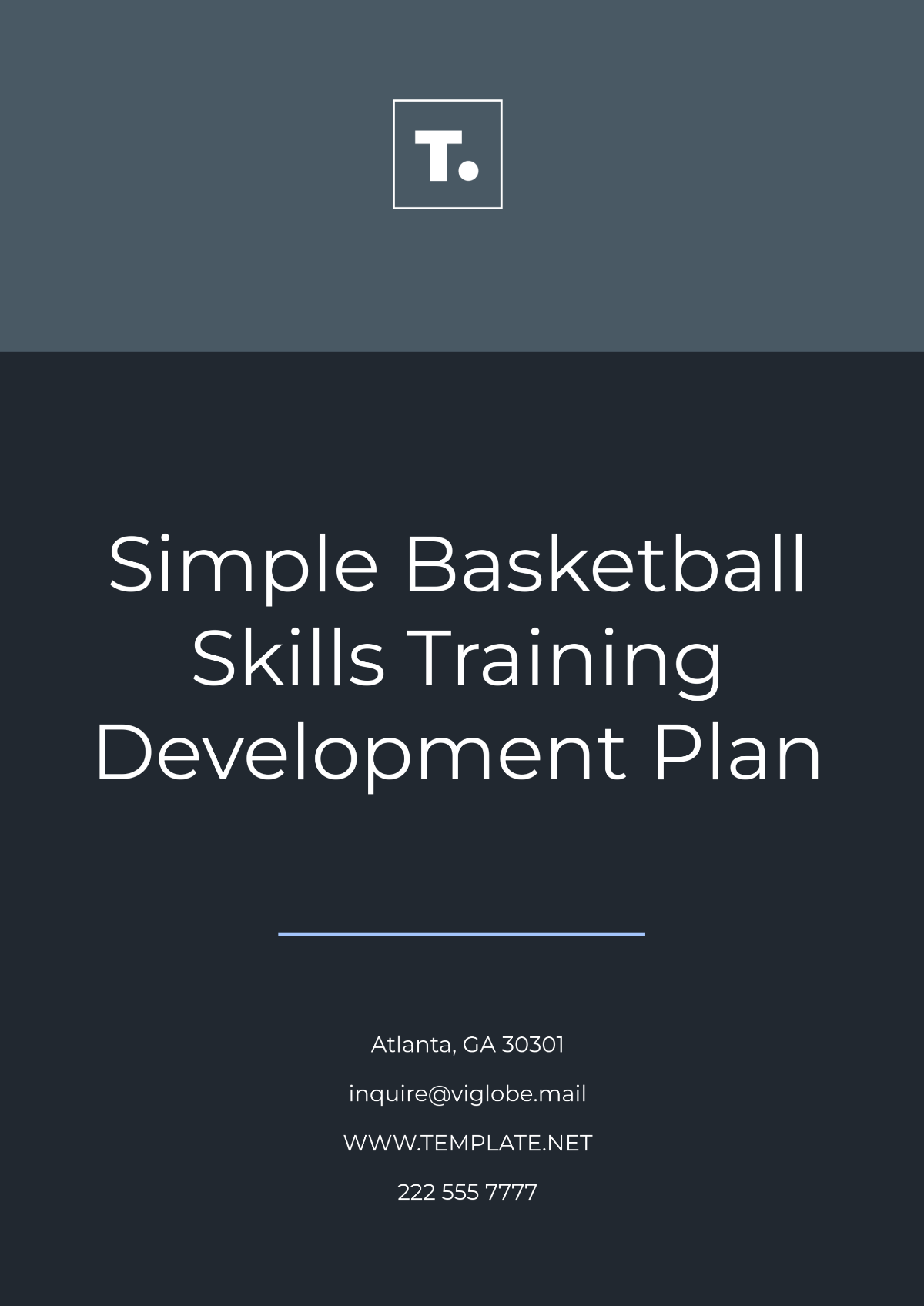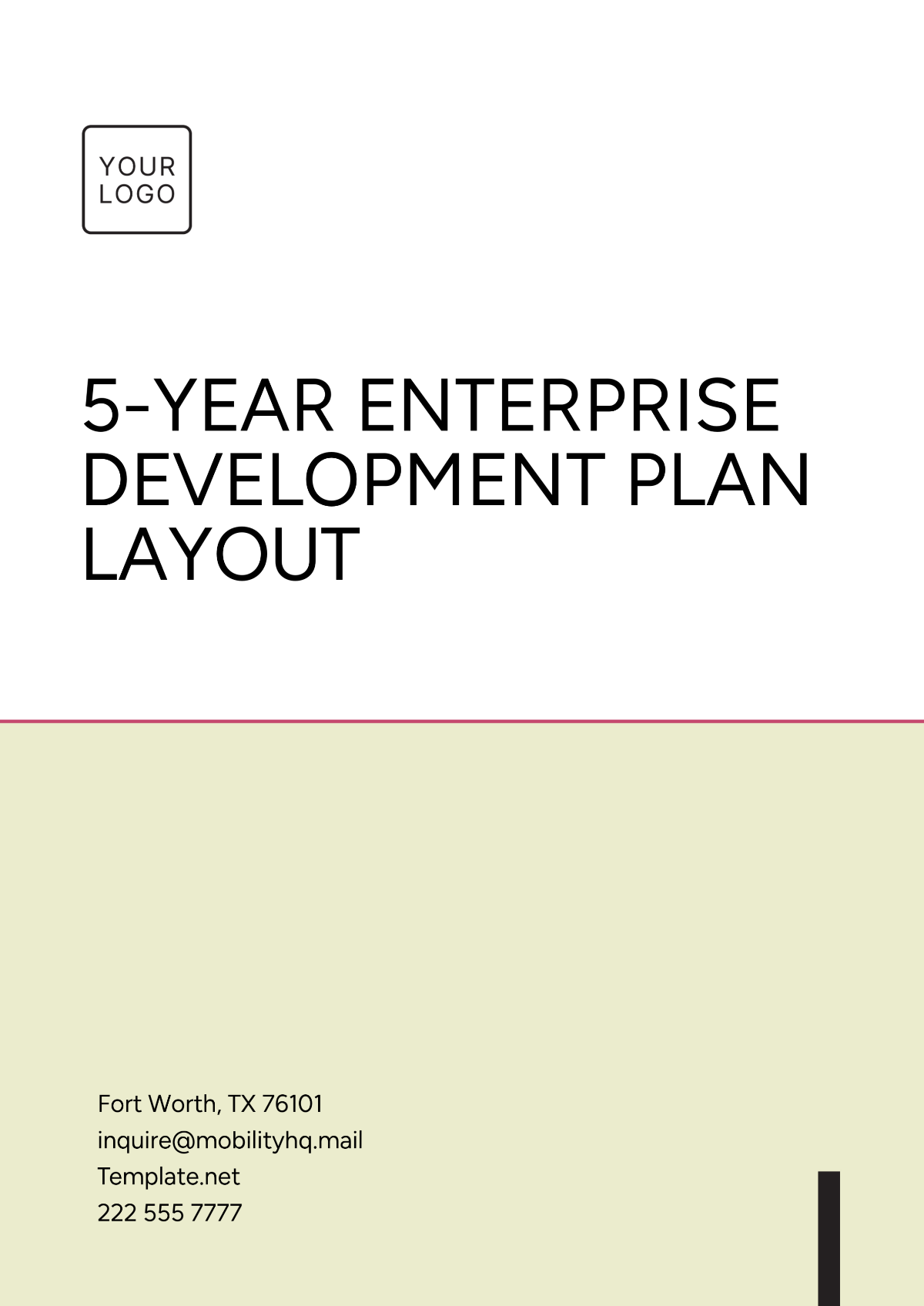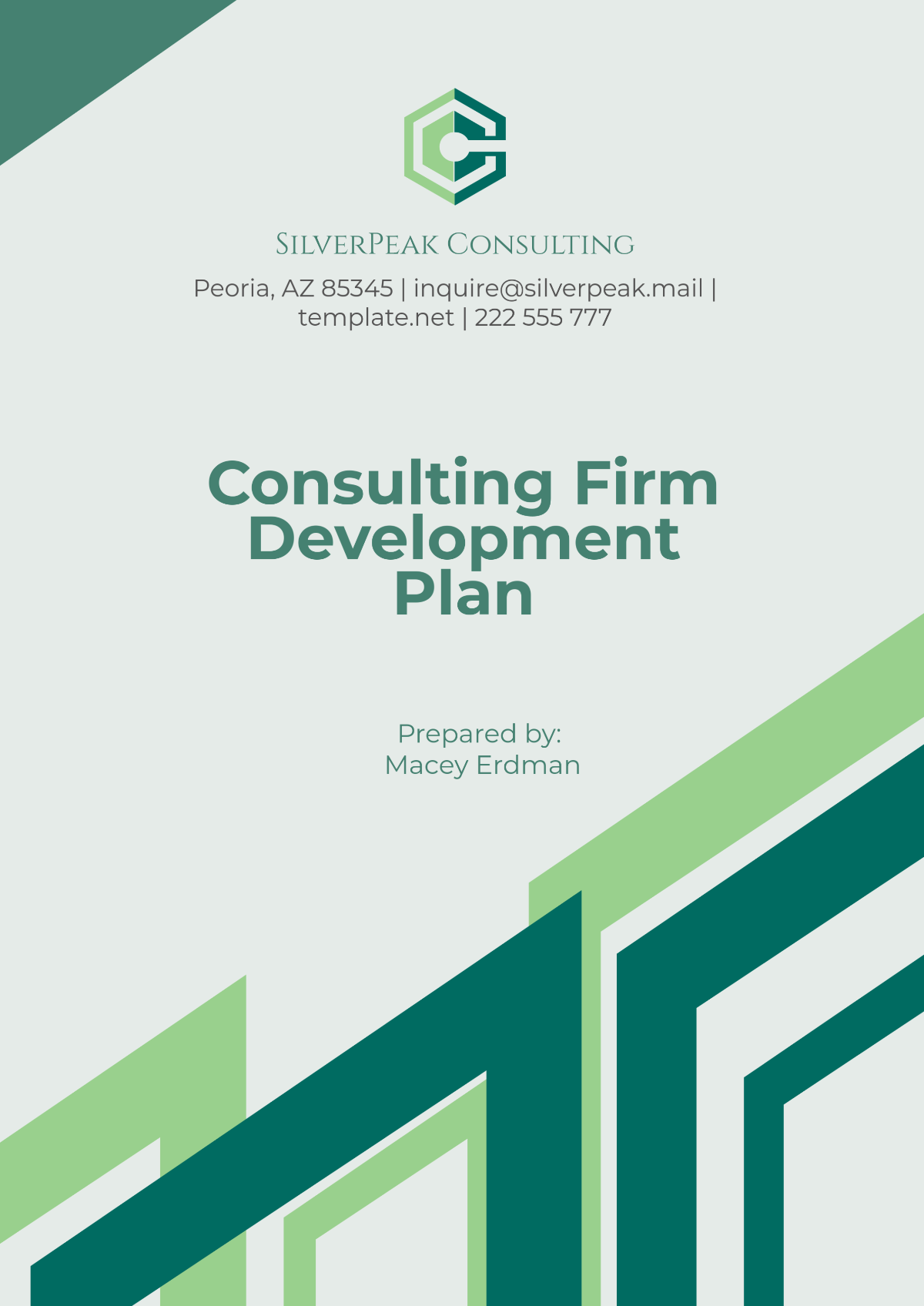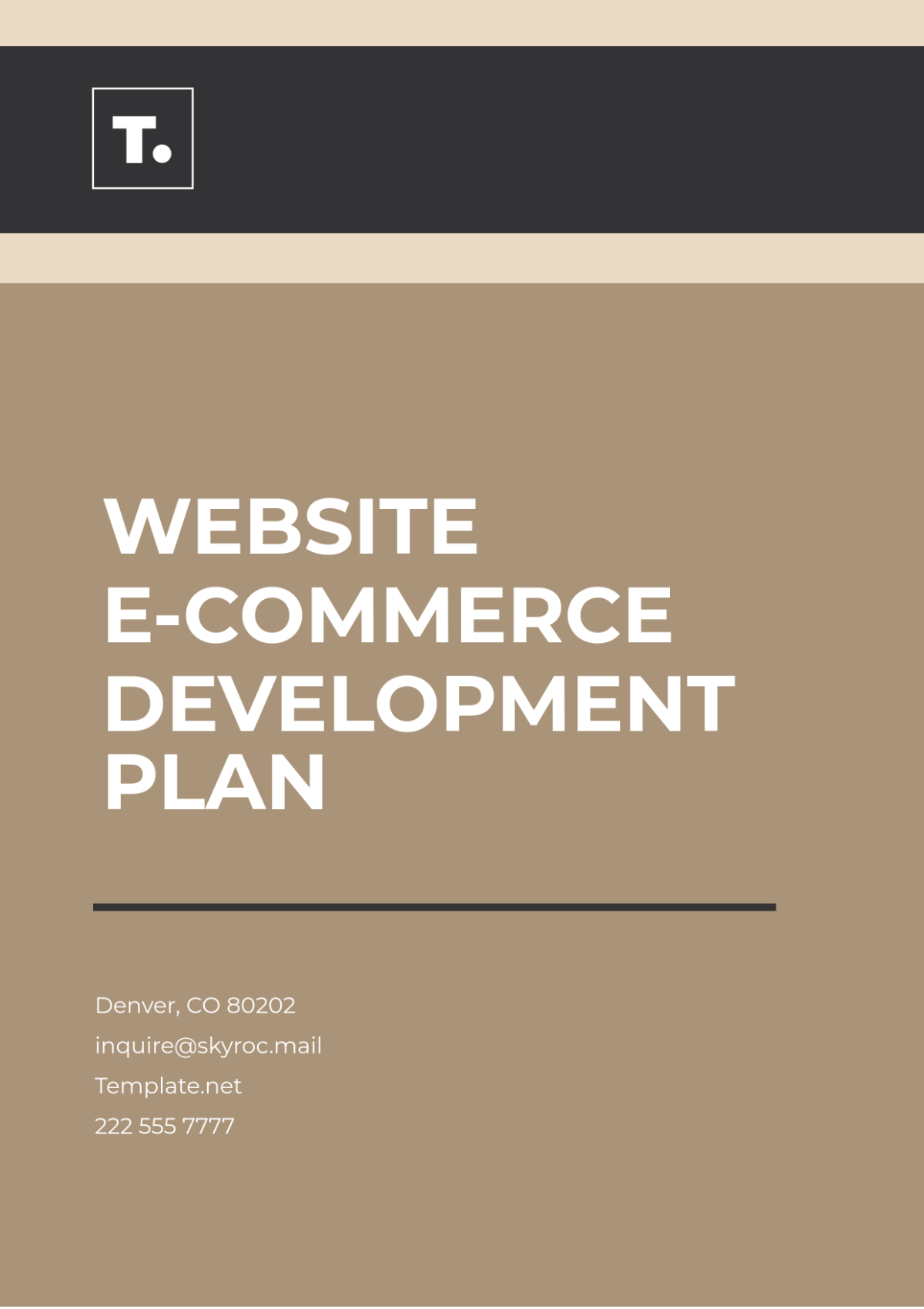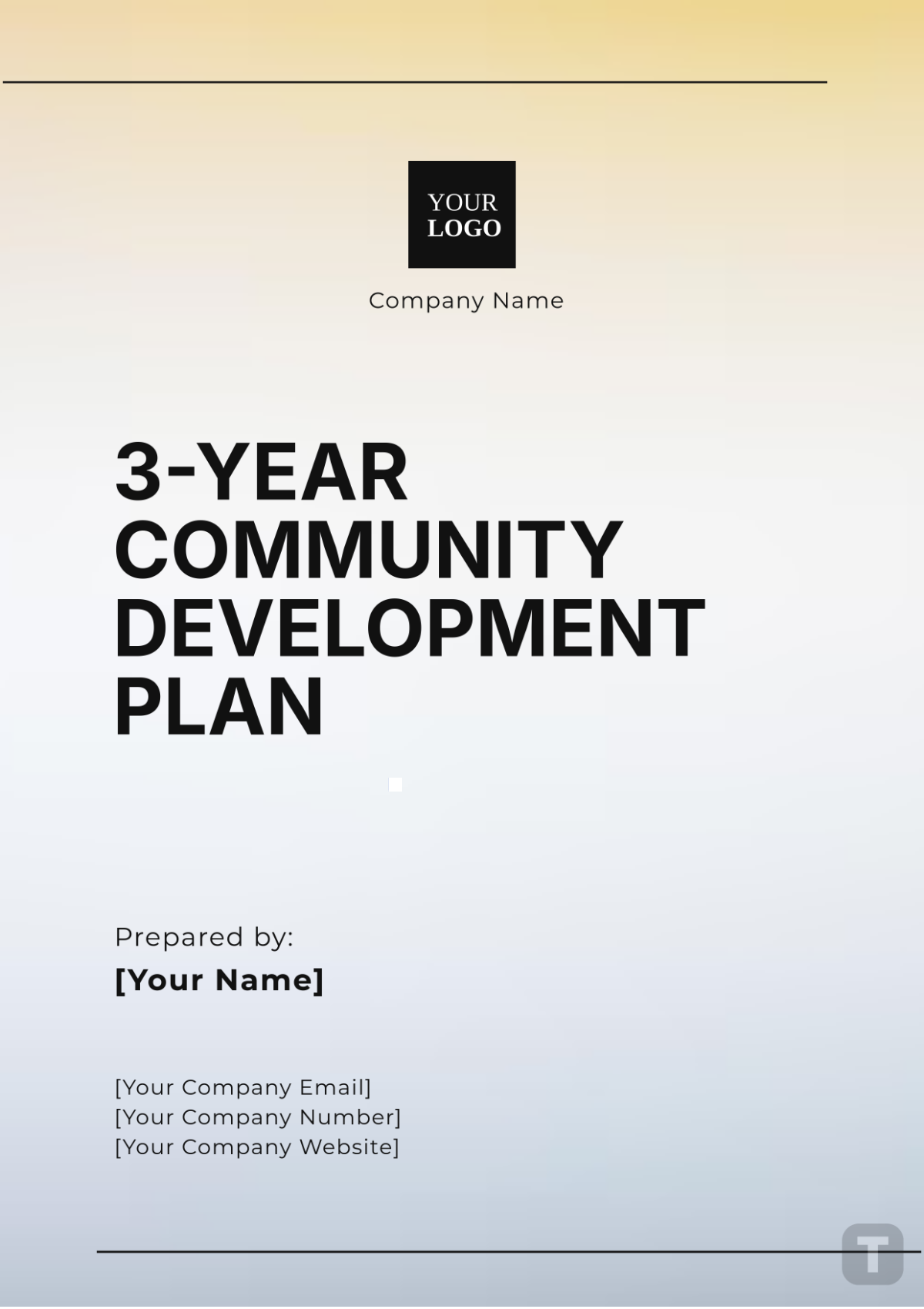Spa Development Plan
I. Executive Summary
A. Overview of the Project
[Your Company Name] is embarking on an exciting venture to establish a luxurious spa facility that caters to the wellness needs of our community. This spa will offer a range of services designed to provide relaxation, rejuvenation, and holistic health benefits to our clientele. The spa will be located in a prime area, ensuring easy accessibility and a serene environment for our guests.
B. Objectives
Our primary objective is to create a high-end spa that provides exceptional services and experiences, fostering a loyal customer base and a strong reputation in the wellness industry. We aim to achieve the following:
Establish a spa that becomes the go-to destination for relaxation and wellness.
Achieve a high level of customer satisfaction and repeat business.
Generate a steady and increasing revenue stream within the first year of operation.
C. Key Features
The spa will feature state-of-the-art facilities, including:
A variety of treatment rooms designed for different therapies.
A serene relaxation area with calming ambiance.
High-quality skincare and wellness products.
Advanced booking and customer management systems.
D. Investment and Financial Projections
The initial investment for this project is estimated at $500,000. This includes costs for construction, equipment, marketing, and initial operations. Our financial projections indicate a break-even point within the first 18 months, with expected annual revenue of $750,000 by the end of the second year.
II. Market Analysis
A. Industry Overview
The wellness and spa industry has seen significant growth in recent years, driven by increasing awareness of health and wellness. According to industry reports, the global wellness market is valued at over $4.5 trillion, with the spa sector contributing a substantial portion of this figure. The demand for spa services is expected to continue growing as more people seek stress relief and holistic health solutions.
B. Target Market
Our target market consists of individuals who prioritize their health and well-being. This includes:
Demographics: Professionals, middle to high-income earners, and retirees.
Psychographics: Individuals seeking relaxation, stress relief, and wellness treatments. They value quality service and are willing to invest in their health.
C. Market Trends
Key trends influencing the spa industry include:
Increased demand for personalized and customizable treatments.
Growing interest in organic and natural skincare products.
Rising popularity of wellness programs that integrate physical, mental, and emotional health.
D. Competitive Analysis
A thorough analysis of local competitors reveals that while there are several spas in the area, there is a gap in the market for a high-end, comprehensive wellness facility. [Your Company Name] will differentiate itself through superior service, exclusive treatments, and a luxurious ambiance.
III. Concept and Design
A. Spa Theme and Concept
The spa will embody a theme of tranquility and rejuvenation, inspired by natural elements. The interior design will feature soothing colors, natural materials like wood and stone, and soft lighting to create a peaceful environment. Our concept revolves around providing a holistic experience that addresses both physical and mental well-being.
B. Services Offered
[Your Company Name] Spa will offer a diverse range of services, including:
Massage Therapies: Various types of massages such as Swedish, deep tissue, hot stone, and aromatherapy.
Skincare Treatments: Facials, exfoliation, and anti-aging treatments using premium products.
Wellness Programs: Yoga, meditation, and nutrition counseling designed to promote overall health.
C. Facility Layout and Design
The spa will be meticulously designed to enhance the guest experience. The facility layout includes:
Treatment Rooms: Each room will be equipped with the latest technology and designed to ensure privacy and comfort.
Reception Area: A welcoming space with comfortable seating, soothing music, and a friendly staff to greet guests.
Relaxation Zones: Quiet areas where guests can unwind before and after treatments, featuring soft furnishings and calming decor.
IV. Operational Plan
A. Operational Structure
To ensure smooth operations, the spa will have a well-defined organizational structure:
Management Team: A Spa Manager will oversee daily operations, supported by an Assistant Manager and a team of department heads for various services.
Staff Roles and Responsibilities: Therapists, estheticians, and wellness instructors will be carefully selected and trained to provide exceptional service. Support staff will handle reception, housekeeping, and administrative tasks.
B. Operational Procedures
Our operational procedures are designed to maintain high standards of service and safety:
Customer Service Protocols: Staff will be trained in customer service excellence, ensuring every guest feels valued and cared for.
Health and Safety Standards: Strict hygiene practices will be followed, including regular sanitization of treatment rooms and equipment, and adherence to health regulations.
C. Technology and Equipment
The spa will utilize modern technology to enhance operations and customer experience:
Booking Systems: An advanced booking system will allow guests to make appointments online, reducing wait times and improving service efficiency.
Treatment Equipment: High-quality equipment will be used for all treatments, ensuring safety and effectiveness.
V. Marketing and Sales Strategy
A. Brand Positioning
[Your Company Name] Spa will position itself as a premier destination for luxury wellness experiences. Our brand will emphasize quality, exclusivity, and exceptional service.
B. Marketing Channels
To attract and retain customers, we will utilize a mix of online and offline marketing strategies:
Online Marketing: A comprehensive digital marketing campaign will include social media, email marketing, and search engine optimization to reach a wide audience. Our website will feature detailed information about our services, online booking, and customer testimonials.
Offline Marketing: Traditional marketing methods such as print ads in local magazines, partnerships with local businesses, and attendance at wellness fairs will also be employed to raise brand awareness.
C. Sales Strategy
Our sales strategy will focus on providing value and creating long-term relationships with our customers:
Pricing Structure: Competitive pricing will be set based on market analysis, with special packages and promotions to attract new customers.
Membership Programs: We will offer membership programs that provide exclusive benefits such as discounts, priority booking, and special events.
Promotional Offers: Seasonal promotions and referral incentives will be used to drive sales and encourage word-of-mouth marketing.
VI. Financial Plan
A. Startup Costs
The initial investment for [Your Company Name] Spa includes costs for construction, equipment, marketing, and initial operations. The following table outlines the estimated startup costs:
Expense Category | Amount ($) |
|---|---|
Construction and Renovation | 200,000 |
Equipment and Furnishings | 150,000 |
Marketing and Advertising | 50,000 |
Initial Operating Costs | 100,000 |
Total Startup Costs | 500,000 |
B. Revenue Projections
Based on market analysis and our pricing structure, we project the following revenue for the first three years of operation:
Year | Projected Revenue ($) |
|---|---|
Year 1 | 400,000 |
Year 2 | 750,000 |
Year 3 | 1,000,000 |
C. Operating Expenses
The ongoing operating expenses will include salaries, utilities, product supplies, and marketing. The following table provides an estimated breakdown of annual operating expenses:
Expense Category | Annual Amount ($) |
|---|---|
Salaries and Wages | 250,000 |
Utilities | 50,000 |
Product Supplies | 100,000 |
Marketing | 50,000 |
Miscellaneous Expenses | 50,000 |
Total Operating Expenses | 500,000 |
D. Break-Even Analysis
Our break-even analysis indicates that [Your Company Name] Spa will reach its break-even point within the first 18 months of operation, based on the following assumptions:
Average monthly revenue: $33,333
Average monthly expenses: $41,667
Monthly break-even point: 1,250 clients (at an average spend of $40 per client)
E. Profit and Loss Projections
Our profit and loss projections for the first three years are as follows:
Year | Projected Revenue ($) | Operating Expenses ($) | Net Profit ($) |
|---|---|---|---|
Year 1 | 400,000 | 500,000 | -100,000 |
Year 2 | 750,000 | 500,000 | 250,000 |
Year 3 | 1,000,000 | 500,000 | 500,000 |
By carefully managing expenses and increasing revenue, we expect [Your Company Name] Spa to achieve profitability within the second year of operation.
VII. Legal and Regulatory Considerations
A. Business Licensing
Establishing [Your Company Name] Spa requires obtaining several business licenses and permits to operate legally and safely. The primary licenses include a general business license, health department permits, and professional licenses for therapists and estheticians.
The process involves:
Registering the Business: Filing the necessary documents with the local business registration office.
Health Department Permits: Ensuring compliance with health and sanitation standards. This includes regular inspections and adherence to hygiene protocols.
Professional Licenses: Ensuring all therapists, estheticians, and wellness instructors hold valid certifications and licenses as required by state and local regulations.
B. Health and Safety Regulations
Health and safety are paramount at [Your Company Name] Spa. Compliance with local, state, and federal health regulations is essential to protect our clients and staff. Key regulations include:
Sanitation Standards: Regular cleaning and disinfecting of all spa areas, especially treatment rooms and equipment.
Employee Health: Regular health checks for staff to ensure they are fit to work, and training on hygiene practices.
Emergency Protocols: Having a clear plan for medical emergencies, including first aid supplies and staff trained in CPR.
C. Insurance Requirements
To protect [Your Company Name] Spa from potential liabilities, we will obtain comprehensive insurance coverage, including:
General Liability Insurance: Protects against accidents or injuries that occur on the premises.
Professional Liability Insurance: Covers claims related to professional services provided by our staff.
Property Insurance: Protects the spa’s physical assets, including the building, equipment, and inventory.
D. Employee Contracts
All employees will sign detailed contracts outlining their roles, responsibilities, and terms of employment. These contracts will include:
Job Descriptions: Specific duties and performance expectations.
Compensation and Benefits: Salary, health benefits, and any additional perks.
Confidentiality Agreements: Protecting the spa’s proprietary information and client privacy.
Non-Compete Clauses: Preventing employees from working for direct competitors within a specified timeframe after leaving [Your Company Name] Spa.
VIII. Implementation Timeline
A. Project Milestones
A clear timeline with defined milestones is crucial for the successful development and launch of [Your Company Name] Spa. The major milestones include:
Milestone | Completion Date |
|---|---|
Business Plan Approval | Month 1 |
Site Selection and Lease | Month 2 |
Design and Layout Planning | Month 3 |
Permits and Licensing | Month 4 |
Construction Start | Month 5 |
Recruitment and Training | Month 6 |
Equipment Installation | Month 7 |
Pre-Launch Marketing | Month 8 |
Grand Opening | Month 9 |
B. Development Phases
The development of [Your Company Name] Spa will be executed in several phases to ensure a structured and efficient process:
Planning and Design
During this phase, we will finalize the spa’s design, layout, and service offerings. Collaborating with architects and interior designers, we will create a blueprint that aligns with our concept of tranquility and rejuvenation.
Construction and Setup
This phase involves the physical construction of the spa, including any necessary renovations to the selected site. We will also purchase and install all equipment and furnishings. Ensuring the facility is built to code and meets all regulatory requirements is a priority.
Pre-launch Activities
In the pre-launch phase, we will focus on finalizing our team, conducting staff training, and implementing our marketing strategy. This phase is critical for ensuring all operational procedures are in place and that our staff is prepared to deliver exceptional service from day one.
Grand Opening
The grand opening will mark the culmination of our development efforts. A well-planned event, combined with a strong marketing push, will help generate initial interest and attract our target clientele.
IX. Risk Management
A. Potential Risks
Launching and operating [Your Company Name] Spa involves several potential risks. Identifying these risks and developing mitigation strategies is essential for ensuring the spa’s success and longevity.
Market Risks
Economic Downturns: Economic fluctuations can affect discretionary spending, potentially reducing demand for spa services.
Competition: New or existing competitors may impact market share.
Operational Risks
Staff Turnover: High turnover rates can disrupt operations and affect service quality.
Service Quality: Inconsistent service quality can damage the spa’s reputation and customer loyalty.
Financial Risks
Overestimated Revenue: Overestimating revenue projections can lead to financial shortfalls.
Underestimated Costs: Unforeseen expenses can strain the budget and impact profitability.
B. Mitigation Strategies
To mitigate these risks, we will implement the following strategies:
Economic Downturns
Flexible Pricing: Offer special promotions and discounts during economic downturns to maintain customer interest.
Diversification: Diversify services to include lower-cost options that appeal to a broader audience.
Competition
Differentiation: Continuously innovate and offer unique services that set [Your Company Name] Spa apart from competitors.
Customer Loyalty Programs: Implement loyalty programs to retain existing clients and encourage repeat business.
Staff Turnover
Employee Engagement: Foster a positive work environment with opportunities for professional growth and development.
Competitive Compensation: Offer competitive salaries and benefits to attract and retain top talent.
Service Quality
Training Programs: Regularly train staff to ensure high service standards.
Quality Control: Implement quality control measures, including customer feedback systems, to monitor and improve service delivery.
Financial Management
Conservative Projections: Use conservative revenue projections and build a financial cushion to absorb unexpected costs.
Cost Monitoring: Regularly review and control operating expenses to ensure financial stability.
X. Evaluation and Growth Plan
A. Performance Metrics
Evaluating the success of [Your Company Name] Spa requires tracking key performance metrics. These metrics will help us assess operational efficiency, customer satisfaction, and financial performance. Key metrics include:
Customer Retention Rate: The percentage of repeat clients.
Customer Satisfaction Score: Feedback ratings from customer surveys.
Revenue Growth: Monthly and annual revenue increases.
Profit Margin: The percentage of revenue that translates into profit.
Employee Turnover Rate: The rate at which employees leave and are replaced.
B. Customer Feedback Mechanisms
Customer feedback is vital for continuous improvement. We will implement multiple feedback mechanisms, including:
Surveys: Regular customer satisfaction surveys to gather insights on service quality.
Suggestion Box: An anonymous suggestion box for clients to provide feedback and ideas.
Online Reviews: Monitoring and responding to reviews on online platforms to address any issues promptly.
C. Expansion Plans
As [Your Company Name] Spa establishes itself in the market, we will explore opportunities for growth and expansion. Our expansion plans include:
Additional Services
New Treatment Offerings: Continuously update our service menu to include the latest trends in wellness and spa treatments.
Workshops and Classes: Offer workshops on skincare, wellness, and other related topics to attract a broader audience.
New Locations
Market Research: Conduct market research to identify potential new locations for expansion.
Franchising: Explore franchising opportunities to grow the brand and reach new markets without significant capital investment.
